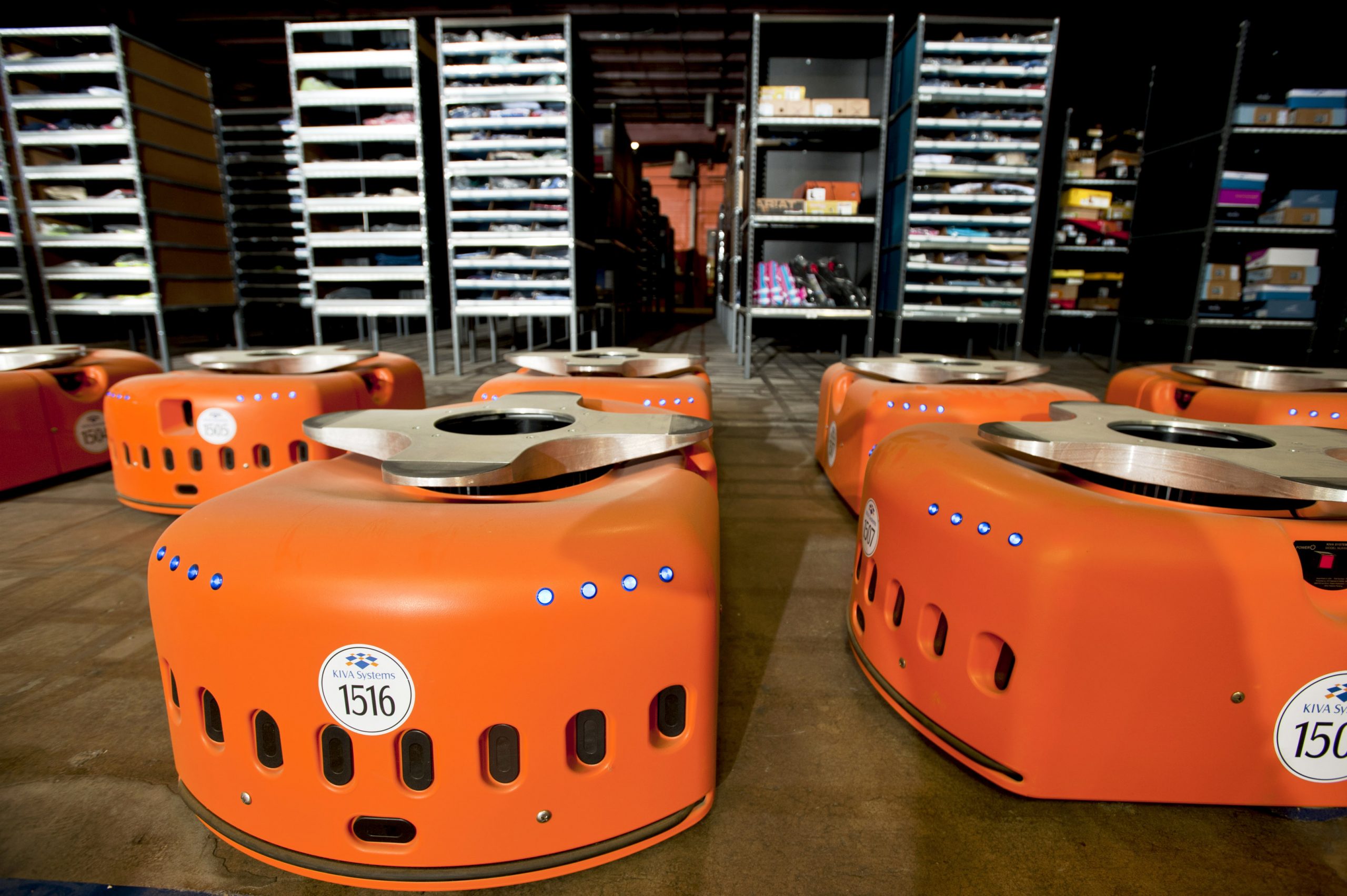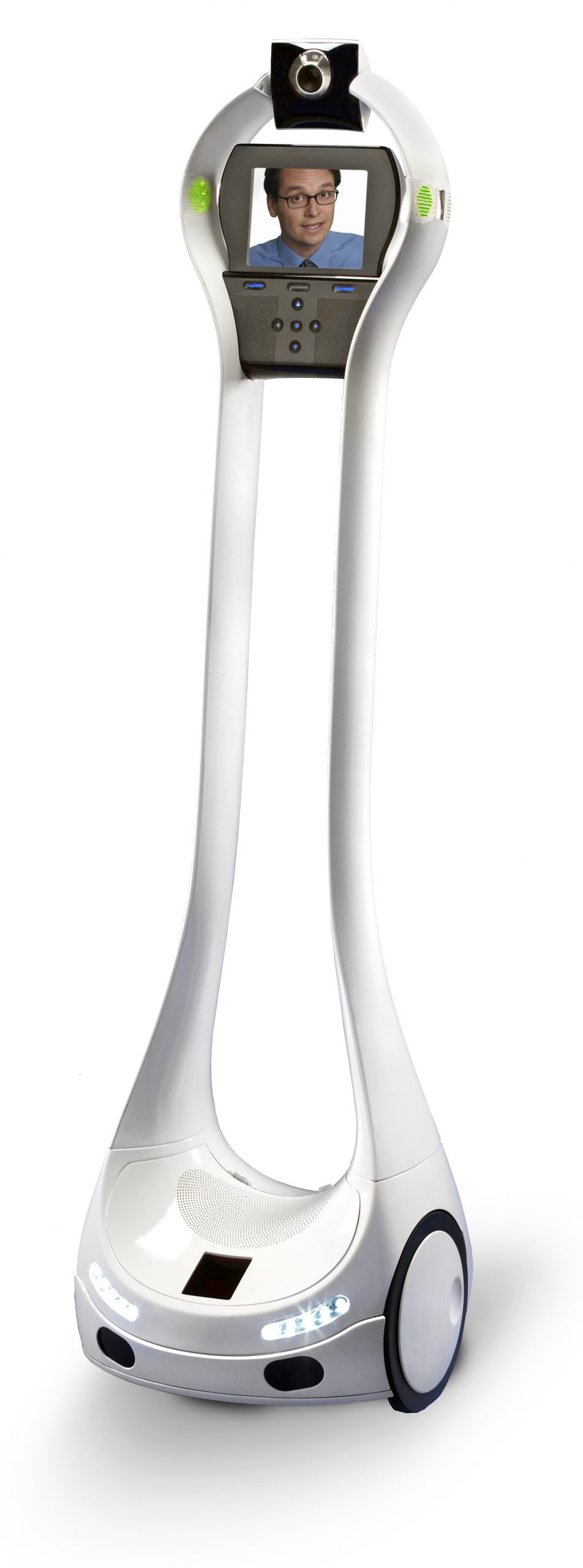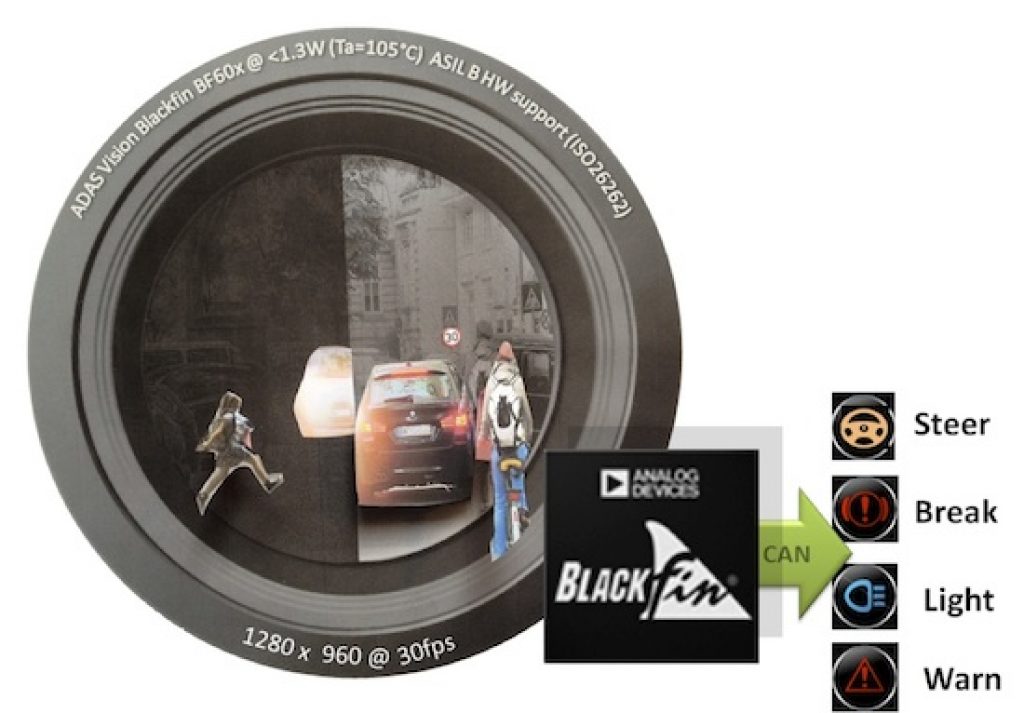By Peter Voss, Marketing Manager for Advanced Driver Assistance Systems
Analog Devices
This article was originally published by Hanser Automotive Magazine. It is reprinted here with the permission of the original publisher.
Abstract
Making the automotive environment safer by reducing injuries and fatalities is always a hot topic of the automotive industry, an aspiration that's only gated by the availability of commercially deployable technology. Active Safety Systems, also known as ADAS (advanced driver assistance systems), present a major emerging market trend. The next major technology innovation after ABS (anti-lock braking systems) and stability control systems, which can be considered standard today, ADAS is rapidly gaining adoption. Analog Devices has just introduced the Blackfin® BF60x family of processors with a "Pipelined Vision Processor" (PVP) targeted at automotive ADAS Vision applications in support of the newly increased Euro NCAP car safety demands, while enabling customer products to achieve ISO26262 compliance.
Introduction
Vision-based ADAS deployments are not new; they have already been found in cars for a number of years, with many of our customers deploying multiple Blackfin-based ADAS vision systems. However, deployments up to this point are still moderate in volume and, with few exceptions, are seen as customer options on premium brands only. Multiple reasons exist for the slow start. The technology available was expensive, vehicle manufacturers could not find automotive-ready hardware that complied with the automotive temperature and power consumption specifications, and qualified support was difficult to find.
In addition, no clear performance guidelines were available and, as a result, these systems were not recognized in the overall car safety ratings. From the end customer point of view, the added value of such systems were not acknowledged by the time the driver configured and ordered his new vehicle. Or, when it was recognized, the high price tag still scared some consumers away. While current deployment numbers hardly seem to justify the R&D money spent over many years by vehicle manufacturers and component manufacturers, some of them now have the "vision" of the future.
Is vision-based ADAS finally taking off?
The long startup phase for ADAS vision applications is about to start paying off, because the added safety provided by camera-based technology is beginning to be recognized by rating organizations, legislative bodies and end users. This fact immediately requires that the solutions be cost-optimized, dedicated and scalable innovations from the component suppliers, but it still leaves room for the automobile manufacturers and their suppliers (i.e. the OEMs) to differentiate with their own IP.
One recent catalyst for this market is the Euro NCAP (New Car Assessment Program) organization. Euro NCAP conducts crash tests and provides independent safety ratings (0-5 stars) for popular cars sold in Europe. Euro NCAP just increased the requirements for pedestrian protection, which will help ignite the mass launch for ADAS vision applications. Pedestrian protection is usually solved with specific crash absorbing bumper material and specially designed hoods – basically making the cars softer in areas where the pedestrian might impact. On the other hand, an electronic ADAS vision system, helping to avoid hitting the pedestrian in the first place, seems to be a lower cost and otherwise attractive alternative, once such technology exists.
With these new standards, if an OEM wants to maintain its 5 star Euro NCAP rating, the bar for pedestrian protection has just been raised by 50%. In fact, many vehicles rated 5 star by NCAP just last year would lose one of the stars if re-rated using the new 2012 Euro NCAP metrics. This change accelerates the desire for a viable, cost-effective, mass-deployable solution. A camera-based ADAS vision system controlling autonomous breaking can solve the problem for the OEMs, and it presents an attractive option to satisfy the tightened pedestrian protection demands by Euro NCAP (Figure 1).

Figure 1. A camera-based ADAS vision system
Optimal systems level the performance-to-cost ratio
With the BF60x family just announced, Analog Devices is currently sampling the first dedicated ADAS Vision processor with unprecedented performance-per-watt and per-dollar value, in support of the new Euro NCAP requirements for tightened pedestrian protection. At Analog Devices, we focused from the beginning on the desired outcome for a mass-deployable programmable solution that still allowed our customers the highest degree of flexibility to innovate. To Analog Devices, it was clear that the ADAS vision market can’t just be addressed with pure processing power, once this segment goes into high volume deployments. Hence, the design targets were:
- A cost-effective vision processor solution in support of 2014-and-beyond mass deployments
- Up to 5 concurrent ADAS vision functions
- Lowest-possible power consumption
- Integral functional safety hardware support
- A fully programmable solution to enable customers add their own IP, and
- A scalable solution covering the low-to-high end of the market
The result is the first two dedicated ADAS vision processor family members (BF609 – Mega Pixel processing and BF608 – VGA processing) which support up to 5 concurrent vision functions and handle the processing of images up to megapixel size, at 30 FPS (frames per second) and the lowest-in-class power consumption of <1.3W @ 105°C. Since market deployments in 2014 and beyond were the target, ISO26262-compliant hardware support was a given for Analog Devices to integrate. The BF60x typically reduces system cost by up to 30% in a 5-function system.
Popular ADAS vision functions that can be realized utilizing the BF60x include the following:
- LDW (Lane Departure Warning) is based on a lane detection algorithm which will warn the driver when the vehicle is about to unintentionally depart a lane; that is, if no turn signal is set but the lane marking is about to be crossed. Unintentional and unannounced lane changes are a major contributing factor to accidents.
- LKA (Lane Keep Assist) is an enhancement of LDW, with the added advantage that the system will apply pressure to the steering wheel with the intention of keeping the vehicle in the lane.
- PD (Pedestrian Detection) is an important application to support the tightened Euro NCAP pedestrian protection requirements from 2012 onwards. Pedestrians are identified and tracked; is a pedestrian is detected within the drive path of the vehicle, a warning or braking action is issued.
- FCW (Forward Collision Warning) is based on an object detection algorithm that searches for multiple vehicles in front of the drive path. Although a conventional (i.e. non-depth sensing) camera cannot precisely determine absolute distance, the estimated distance can still be used to warn the driver.
- FCM (Forward Collision Mitigation) is an enhancement to FCW, with the advantage that the system will autonomously apply braking pressure to slow the vehicle or even bring it to a complete stop. In the later case, a secondary sensor (e.g. radar) might also find use.
- IHB (Intelligent High Beam) automatically detects when the high beam headlights need to be lowered in order to not blind other road participants.
- -TSR (Traffic Sign Recognition) in many cases currently refers to simply detecting speed signs (i.e. speed limit assist). However, some applications also interpret other traffic signs and inform the driver (e.g. the time range over which a speed limit is valid), and
- Concurrent ADAS vision functions references a single system that concurrently executes two or more applications at the same time, e.g. PD + FCM + LDW+ …
Power consumption innovation through intelligent memory bandwidth utilization
Why is power consumption so important for ADAS vision systems? To understand this, one needs to be aware of where those systems are often mounted in cars. From a cost perspective (remember that we are talking about mass-deployable systems) it is best to have those systems in a single ECU (electronic control unit), including the imager. The mounting position is typically behind the windshield and in front of the rear view mirror. Considering the direct sunlight exposure, along with there being no cost-effective way to provide active cooling, the components inside are themselves required to produce a minimum amount of incremental heat in order to keep the overall temperature within tolerance.
For the BF60x, intelligent system partitioning between flexible and programmable hardware acceleration and a fully programmable DSP was selected. The task was to reduce external memory accesses as much as possible, since a large amount of power is consumed while moving high volume pixel data to and from external memory. As a side effect of this optimization, memory bottlenecks during development are much less likely to occur. In addition, a configurable and programmable PVP (pipelined vision processor) was introduced to handle video data inputs directly from the megapixel imager, The PVP can, in parallel, accept intermediary pre-processed data from internal or external memory. All of this pre-processing is performed without requiring any use of the programmable Blackfin DSP cores, leaving 1,000 MIPS of additional algorithmic processing power available for other functions (Figure 2).

Figure 2. Blackfin BF60x processor block diagram
Development of the ecosystem to reduce time to market
Time to market and ease of applications development are critical elements of success. ADI enables customers with specialized system tools to accelerate algorithm development and processor adoption in the shortest-possible amount of time. In addition, ADI provides reference applications demonstrating the optimal use of BF60x processor capabilities.
Making automotive safety affordable
At Analog Devices, ADAS developments for vision and radar systems are a key focus. Typical applications can be serviced by ADAS vision, ADAR radar or a combination of both sensor types via "Sensor Fusion" (Table 1).
|
|
Vision |
Radar |
Fusion (Vision + Radar) |
|
Lane change assist |
|
X |
|
|
Lane departure warning |
X |
|
|
|
Lane keeping assist |
X |
|
|
|
Blind spot detection |
X |
X |
|
|
Pedestrian detection |
X |
|
X |
|
Forward collision warning |
X |
X |
X |
|
Forward collision mitigation |
|
|
X |
|
Cross-traffic alert |
X |
X |
|
|
Adaptive cruise control |
|
X |
|
|
Emergency braking |
|
|
X |
|
Intelligent light control |
X |
|
|
Table1: ADAS applications by sensor technology
With the new dedicated ADAS vision solution offered from Analog Devices, in form of the Blackfin BF609 and BF608, ADAS vision technology becomes affordable in order to support mass deployments into all levels of vehicles – no longer just a privilege for the luxury cars. In Europe, Euro NCAP is indirectly fueling those requirements with its new safety ratings. Globally similar trends can be observed. While this article focused on forward vision ADAS applications, the same Analog Devices-developed technology also applies to intelligent rear-view cameras, whch are now getting a major push by legislation in North America. And this technology also has the potential to cost-reduce currently expensive night vision systems (e.g. detecting pedestrians and wildlife), thereby broadening their adoption into much more attractive price segments.
For more information about the Blackfin ADSP-BF608/609 please visit www.analog.com/blackfin. And for more information about Analog Devices automotive applications, please visit www.analog.com/automotive.


